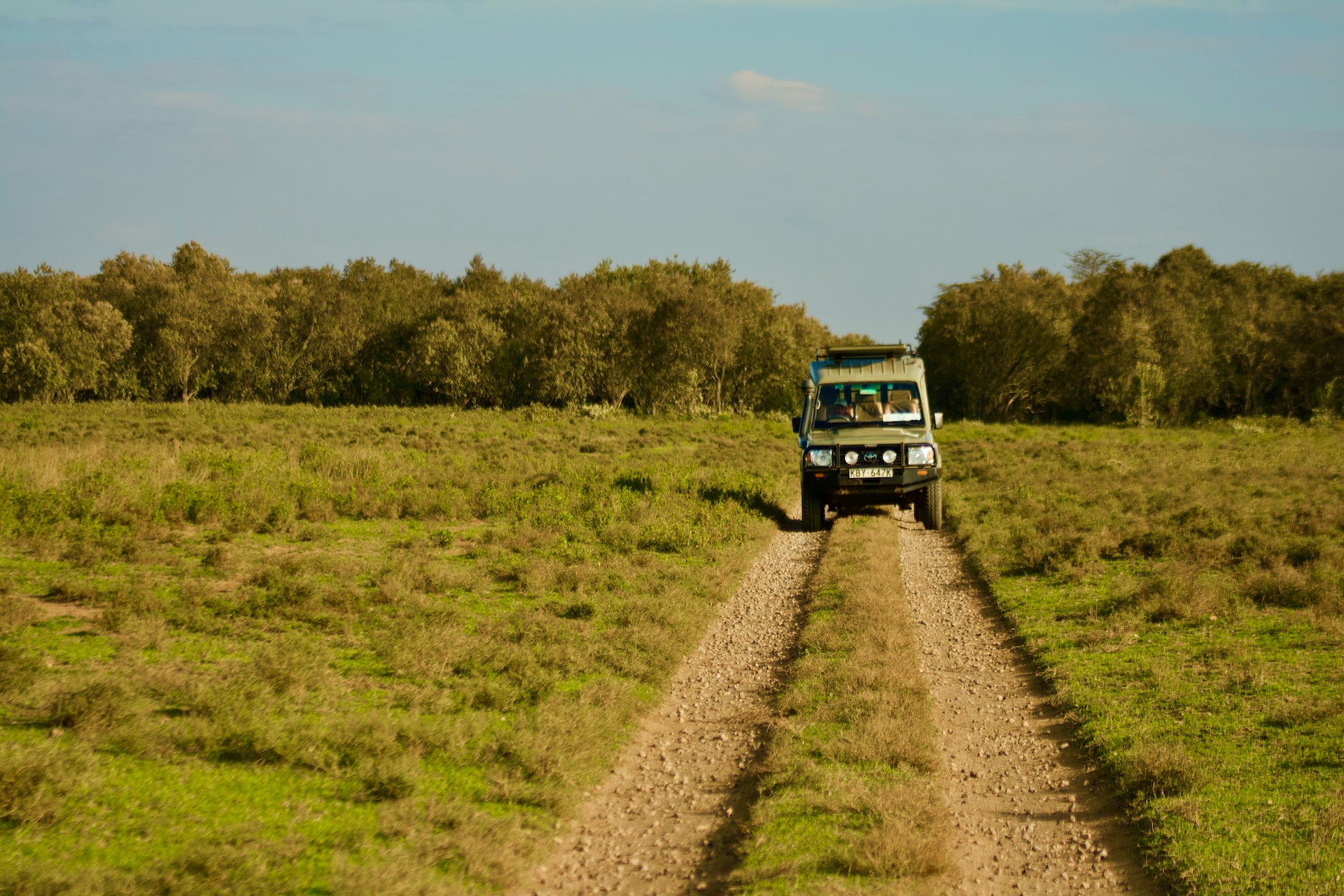
+351 916 222 010
info@kenyasoulsafaris.com
Going on a safari in Kenya is an experience of a lifetime. From the sprawling savannahs to the majestic wildlife, the country offers an unparalleled safari experience. However, to make the most of your trip, it is important to plan your visit carefully. One of the most important factors to consider when planning a safari is the time of year. In this article, we will answer the question, “What is the best time of year to go on safari in Kenya?” and provide you with all the information you need to plan a successful and unforgettable trip.
The best time to go on safari in Kenya largely depends on your priorities. If you want to see the Great Wildebeest Migration, the best time to visit is between July and October. If you are interested in birdwatching, November to April is the best time to go. Let’s take a closer look at the different seasons in Kenya and what they offer.
The dry season in Kenya runs from June to October and is the most popular time to go on safari. During this time, the weather is dry and sunny, and the wildlife tends to congregate around water sources, making it easier to spot animals. Additionally, the grass is shorter, making it easier to see the animals.
If you want to see the Great Wildebeest Migration, the best time to visit is between July and October, when millions of wildebeest and zebras migrate from Tanzania’s Serengeti to Kenya’s Masai Mara. This is a truly spectacular sight and one that should not be missed.
The rainy season in Kenya runs from November to May and is divided into the “short rains” (November to December) and the “long rains” (March to May). During the rainy season, the landscape is lush and green, and the birdlife is at its best. If you are a keen birdwatcher, this is the best time to visit Kenya.
However, the rainy season also means that some areas of the parks may be inaccessible due to flooding, and the wildlife tends to be more dispersed, making it harder to spot animals. Additionally, the mosquitoes are more prevalent during this time, so make sure to take the necessary precautions to avoid mosquito-borne diseases.
The shoulder seasons (June and November) are a great time to visit Kenya. During these months, the parks are less crowded, and the prices are often lower than during the peak season. Additionally, the weather is mild, and the wildlife is still abundant.
However, it is important to note that the shoulder seasons are also the transition periods between the rainy and dry seasons. As a result, the weather can be unpredictable, and the wildlife may be harder to spot.
A: The best time to see the Great Wildebeest Migration is between July and October.
A: Yes, it is safe to visit Kenya during the rainy season. However, some areas of the parks may be inaccessible due to flooding, and you should take precautions to avoid mosquito-borne diseases.
A: The weather in Kenya during the dry season is dry and sunny, with short grass, making it easier to spot animals.
The best time to go on safari in Kenya largely depends on your interests and priorities. Some travelers prefer to avoid the crowds and enjoy the parks when they are quieter, while others want to witness the Great Wildebeest Migration or have the best chances of spotting the Big Five animals. Whatever your priorities are, it’s important to plan your trip well in advance and consider the different factors that may affect your safari experience.
Wildlife viewing: The best time to go on safari in Kenya for wildlife viewing is during the dry season, from June to October. This is when the animals congregate around water sources and the grass is shorter, making it easier to spot them. The dry season is also the peak season for tourism, so the parks can get quite crowded.
Birdwatching: If you are a keen birder, the best time to go on safari in Kenya is during the rainy season, from November to April. This is when many migratory birds come to Kenya, and the birdlife is at its best.
Great Wildebeest Migration: If you want to witness the Great Wildebeest Migration, the best time to visit Kenya is between July and October. During this time, millions of wildebeest and zebras migrate from Tanzania’s Serengeti to Kenya’s Masai Mara, creating one of the most spectacular wildlife shows on earth.
Weather and climate: Kenya has a tropical climate, with two rainy seasons and two dry seasons. The best time to go on safari in Kenya for good weather is during the dry season, from June to October. However, the weather can be unpredictable, and it’s important to pack for all eventualities.
Budget: The peak season in Kenya is from June to October, which means higher prices for accommodation and tours. If you are on a tight budget, consider visiting during the shoulder season or the rainy season, when prices are often lower.
In conclusion, the best time to go on safari in Kenya largely depends on your interests and priorities. If you want to witness the Great Wildebeest Migration, plan your visit between July and October. If you are a keen birder, visit during the rainy season, from November to April. And if you want to avoid the crowds, consider visiting during the shoulder season or the rainy season.
Whatever time of year you decide to go on safari in Kenya, make sure to plan your trip well in advance, pack appropriately, and take the necessary precautions to stay safe and healthy. With its stunning landscapes and incredible wildlife, Kenya offers an unforgettable safari experience that you will cherish for years to come.